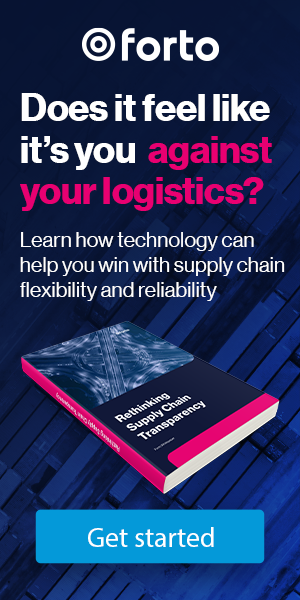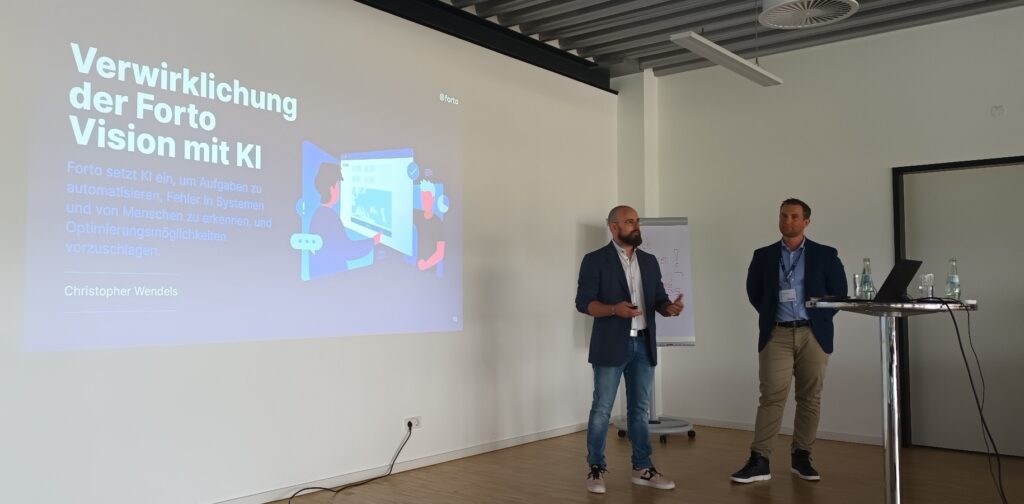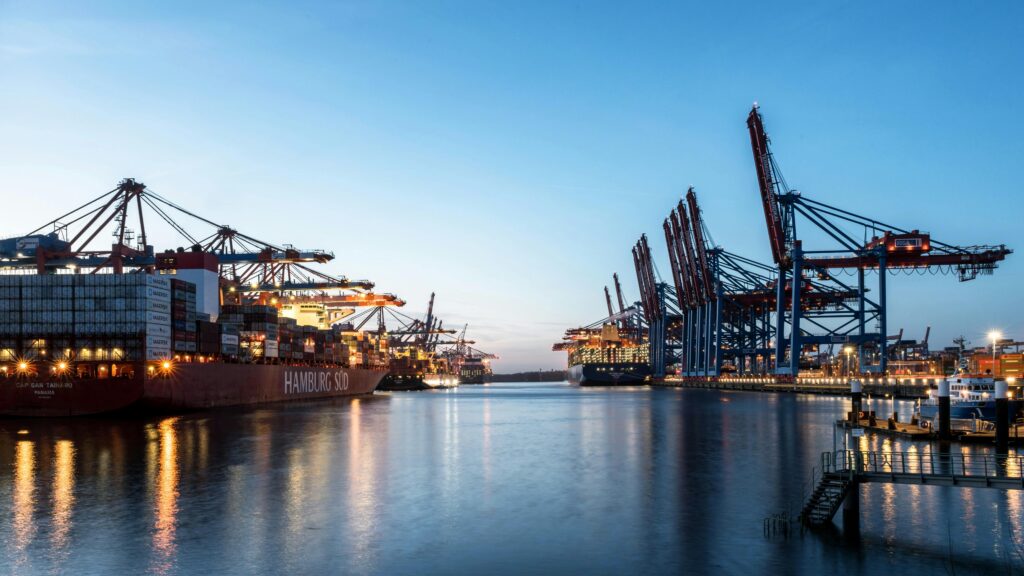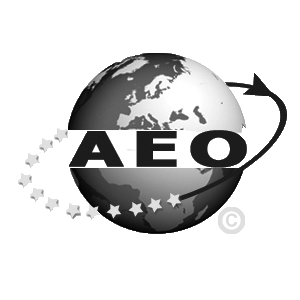Let’s face it. German exporters to Asian markets find themselves in an enviable position. Right now is an excellent time to establish your business in Asian markets.
According to the Federal Statistical Office, Germany exported goods to the value of 119.5 billion euros in October 2019. This is 1.9 percent more than a year ago and 1.2 percent more than in September 2019. 49.5 billion euros were exported to countries outside the European Union (including Asia). This is an increase of 4.6 percent compared to the previous year.
Reports from the Federal Statistics Office clearly show how fruitful the relationship between Germany and the People’s Republic of China is. For the third year in a row, it is the most important business partner for Germany – even ahead of the USA and other European countries.
Furthermore, the OECD Economic Surveys – Germany (April 2018) state that strong domestic demands and especially exports are “driving economic growth”. The majority of German SMEs are managed on a decentralised basis and more and more employees are actively involved in business development. This has laid a solid foundation for product innovation. Constant improvements in product quality have helped exporters to hold their own against international competition. Outsourcing production to countries with lower wage levels has also enabled companies to reduce costs. The quality and service of German products continue to be considered the most important factors for the success of exports.
And with these factors as your tailwind we think that the following 8 strategies will take your business to the next level.
Eight simple steps so that you too can profit from export success:
1. Start Thinking of Challenges as Opportunities
On 22 October 2019 the fourth German Export Day took place in Mannheim under the title “Day of the Export World Champions”.
With “Made in Germany” products, many German companies enjoy a stable reputation abroad and thus have a solid basis to face the “global customer”. Because although the product is of consistently high quality, the needs of the customers can change. And to survive and succeed is a challenging task.
The governments of many countries are trying to reconcile the challenges of globalisation with solutions to domestic problems. Their aim is to ensure stable economic conditions. One response to the changing trade landscape is to open and promote new markets – especially China and Asia.
This is precisely the opportunity that companies can take advantage of. The export function of FreightHub can help you with this. Our digital logistics solution allows you to request and compare instant quotes for transportation from the EU to Asia by sea, air or rail via our online platform and book directly online in 2 clicks. This is possible either from port to port or from door to door.
Trade between the EU and Asia is at a peak and the market is stable. China’s population currently stands at 1.4 billion and annual GDP growth has averaged 7.95% over the last ten years (the average was calculated from the annual figures here).
By the way, companies interested in opening up Asian markets can take the first step by contacting Germany Trade & Invest. So if you are in the position to expand your business, why not consider the option of exporting to Asia?
2. Finding The Best Costs
Of course, the question of costs, taking into account the capital required to cover production, operating costs as well as completion of the goods, is an essential decision criterion for choosing the right export strategy.
In order to identify suitable cost saving measures, FreightHub offers companies exporting to China the opportunity to review their logistics strategy with our logistics expert. Beyond the freight rate, it is possible to select different transport modes for shipments with different prices and transit times.
The selected mode of transport is a key factor in planning the transport process. In addition to costs, when deciding on a means of transport, the urgency of the shipment, the value of the goods to be shipped and the size and weight of the goods must also be assessed. Only if you have these things in mind can you choose the most cost-effective option for you.
As a new option, we have integrated “Maersk Spot” into our platform. When you request sea freight shipments from us, you can book containers at fixed prices with no hidden charges. Plus you secure yourself a guaranteed place on the “Maersk” ship. Rolled containers are a thing of the past and you can be sure that your goods will be delivered on time!
3. Always Keep Track of Your Shipments
A strategic business entry in Asia requires that you keep an eye on your shipments. Having a digital logistics solution helps a lot. “FreightHub provides full transparency in terms of cost and delivery status of our increasingly complex global supply chain with multiple simultaneous shipments and documents,” explains Marc Buchna, FOND OF BAGS and user of FreightHub’s online platform. Check out our guest post on how data is actually the key to an improved supply chain.
With this approach, the staff of FOND OF BAGS can jointly overcome challenges that many German exporters face: They are now in a position to manage the increasingly complex global supply chain with several parallel shipments and the documents and information required for this. They have transparency about costs and delivery status. And they can keep their deliveries on time in the global trading network of consumers. Neat!
4. Find Yourself the Best Partners
Finding the right people – sourcing partners, local agents, distributors, technology partners – to build and maintain your business while distributing your products is no small task. You as the manufacturer or exporter understand this very well. This search also includes your carrier. In the past, we have already looked into the question of how best to arrange a possible change – and save a lot of money.
5. Modify Your Plan if Needed – Ask for Help
Establishing yourself in a completely new market brings with it many challenges that must be taken into account. So don’t be afraid to adjust your plans when conditions change. Check our FAQs for answers to your burning questions about changing logistics requirements. If you don’t find anything here, or if you want a specific question answered, you can also contact us directly. If we cannot help you, we will put you in touch with someone who can.
For example, Amazon FBA sellers can find out more information from Bastian Barami at Officeflucht (FBA training). And don’t get discouraged, because developing a good export strategy takes time. Rome wasn’t built in a day either.
6. Embrace Corporate Social Responsibility
The social responsibility of small and medium-sized enterprises is not just about “fulfilling one’s duties”. It is about integrating values such as honesty and respect into daily business practice. It is about making a positive impact on the environment, treating consumers and employees fairly and improving the community. German exporters also see this corporate responsibility as an opportunity to represent their ‘good work’.
But this quest for values is specific to every business case. Find the right merits for your business that you can identify with or you want to tackle. We here at FreightHub are measuring the office’s carbon footprint and set off CO2-emissions using Myclimate. Stand out against your competition by operating in a socially responsible way.
7. Harness the Digital Possibilities
Accelerating into the future will require reliance on digital. As Europe’s first fully digital freight forwarding company we can attest to the many benefits that automation in logistics services is providing for exporters who rely upon them.
The logistics industry is still a traditional sector. So in the confusing jumble of papers, something can get lost along the way. Human error can also cause many mistakes when immensely complex and at the same time monotonous tasks have to be carried out. The supply chain of medium-sized companies still has potential for optimisation in many areas. The greatest potential for optimisation lies in the digitization of processes to make them transparent and controllable. And since many companies have yet to jump on this bandwagon, you will benefit from the conversion in more than one respect.
Apart from this, politicians are already planning to increase investment in digitisation: “The government plans to increase R&D spending from currently less than 3.0 percent of GDP to 3.5 percent by 2025. The High-Tech Strategy will be further developed and focused on digitisation and artificial intelligence (AI),” says the aforementioned OECD Germany Report of 2018, “and it will also help to increase the productivity of your company if you take advantage of the new opportunities offered by the new technologies.
8. Keep Doing What You Do, But Do it Well
The top 10 German exports include vehicles, machinery, chemical goods, electronic products, electrical appliances, pharmaceuticals, transport equipment, base metals, food, rubber and plastics. Some 1,500 medium-sized companies are “leaders in their niches”, ranging from “tiny screws that penetrate the concrete, to automatic ovens that grill 400 chickens at a time, to tunnel boring machines as long as oil tankers”.
But how does a digital logistics setup work for a client? The fashion company “Zero” explains this in our customer success story.
Take The First Step
Contact us now to explore your German-Asia Export Strategy and how we may help you!







